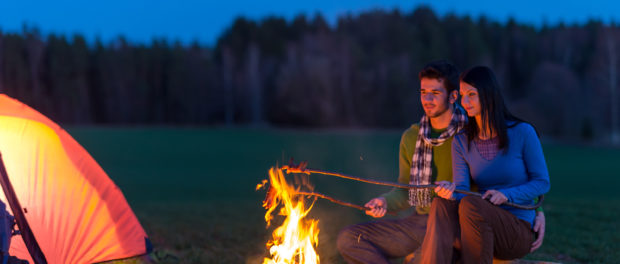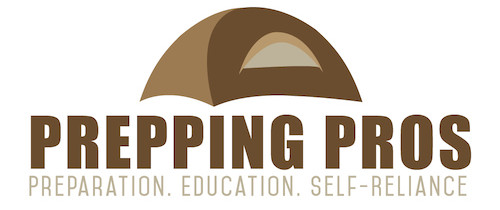Prepping 101: Prepper Basics You Should Know

Whether you’re an experienced survivalist or a newcomer just getting started with your first survival mindset techniques, knowing the correct methods for disaster prevention and preparedness is essential. Prepping is one of the most important parts of being ready for the worst. You’ll need to understand the mindset, physical fitness aspects, the tools, prepping timing, and the continual aspects and costs of staying prepared for any type of disaster. Here are some of the most important prepping basics you’ll need to know.
Prepping 101: Mindset
So why should you prep to begin with? There are many different types of disasters that can take place: natural disasters, terrorist attacks, economic or governmental collapse, or worse. Simply by having the right mindset — that you need to be ready in terms of food, shelter, having a plan, being able to sustain water and food resources, and having the right shelter — will go a long way. Prepping starts with the mindset, so understanding that the worst could strike at any time is one of the key parts of being ready.
Physical Fitness
Being ready in terms of your physical health and fitness is another key part of prepping. If you’re out of shape and easily winded, you won’t be able to travel long distances if the need should strike. You’ll make it harder on yourself, your family, and anyone traveling with you if you aren’t in premium shape.
To prevent this problem, simply take daily regular walks — preferably in a wooded area to get the benefit of nature and familiarize yourself with the outdoors. You can also start a basic physical training regime on your own or with a trainer. Bonus points if you can get the whole family on board; you’ll all benefit from daily wellness routines that ensure optimal physical health as part of your survival prep. How will you carry a bug out bag if you’re having issues climbing a flight of stairs? Physical fitness is vital!
Tools
Having the right tools on hand for a survival event is also very important. You will need to understand the basics of food storage, prep, and stockpiling, as well as how to prepare and cook food when you’re out in the woods, or without access to basic amenities. You’ll need supplies for building a fire, keeping safe and well-sheltered using tarps and tents, and of course, obtaining purified clean water.
You’ll want to invest in a few basic survival guides to learn how you should keep your cooking utensils clean and well-cared for, how to cook food without power, and how to preserve and store food.
You’ll also want to invest in a basic water purification kit or straw. Make sure that when you pack your preparedness kit, you include plenty of hygiene and first aid supplies, as well.
Timing and Preparation Outlook
Your preparedness kits should initially start out with three days for yourself and your family, and then three months, 6 months, 9 months, all the way up to one year. The key is to start smaller so you know how to plan and store essential items, then work your way up as you obtain more experience in survival training. Also, you’ll want to budget accordingly to make sure that you are fully stocked — but that you don’t totally blow the bank in getting your prep kit ready.
Survival Preparedness is an Ongoing Process
Keep in mind that you have plenty of time to stock your kits, research and learn, and educate yourself on the most important aspects of survival training. Don’t rush the process; simply learn step-by-step using reputable survival guides, ideally with the whole family involved so they also know what to do. Preparedness is an ongoing process that takes time and requires annual maintenance and checking of your kit to be sure it’s fully, safely stocked.
Conclusion
No matter whether you’re a newcomer to the survival preparedness world or an experienced practitioner, there’s always something new to learn and another part of your prep kit to add to. Be certain to stay up to date on the latest research and techniques for staying safe in the event of an emergency, as well as the best tools and utensils for survival situations.
Having the right mindset is one of the most important parts of being ready for disaster, which could take the form of economic collapse, natural disasters such as tornadoes or floods, or even a terrorist event that knocks the electrical grid out for weeks at a time. When you take the effort to get ready for such situations, you’re going the extra mile to have peace of mind and security for yourself and your family.

Leave a comment